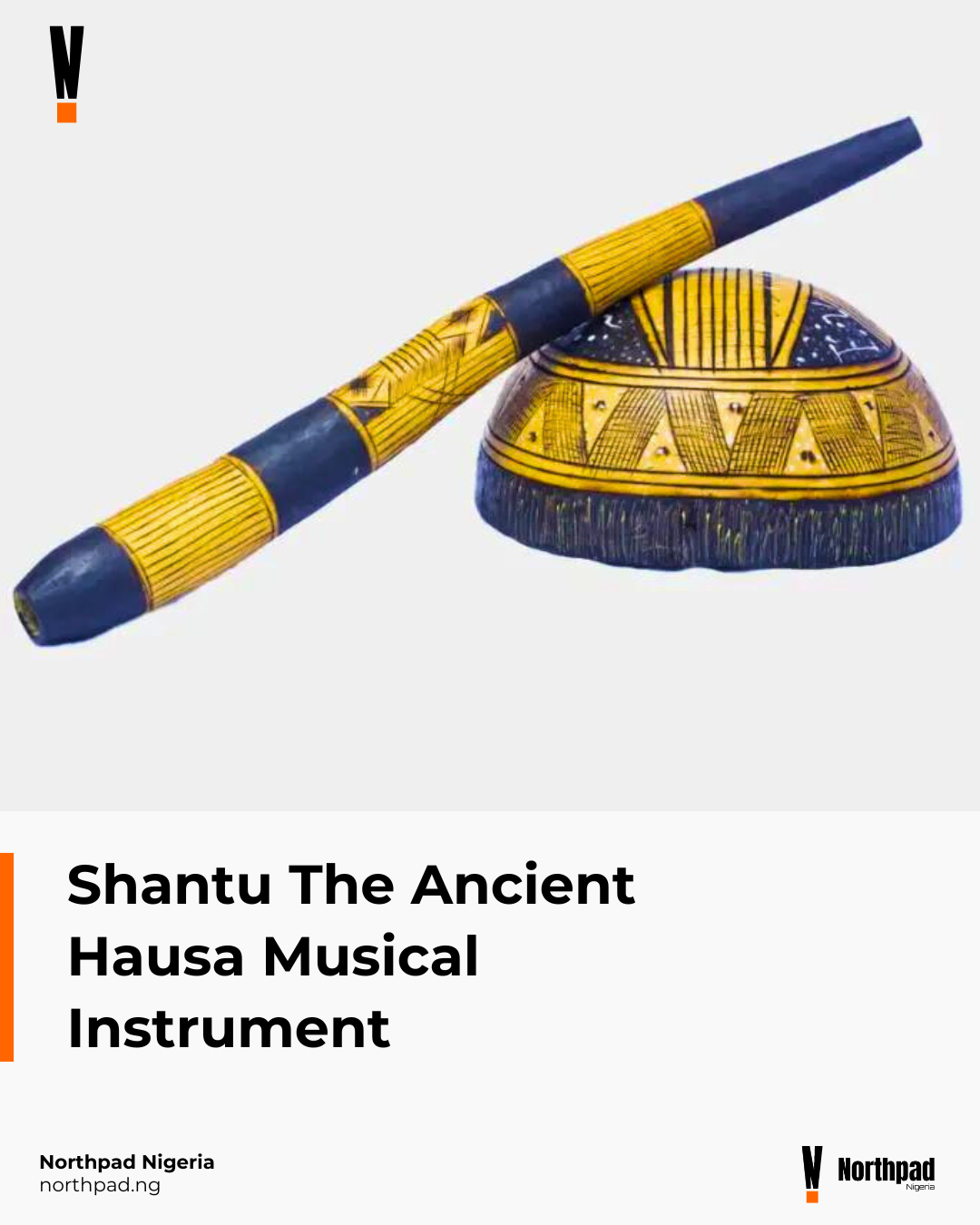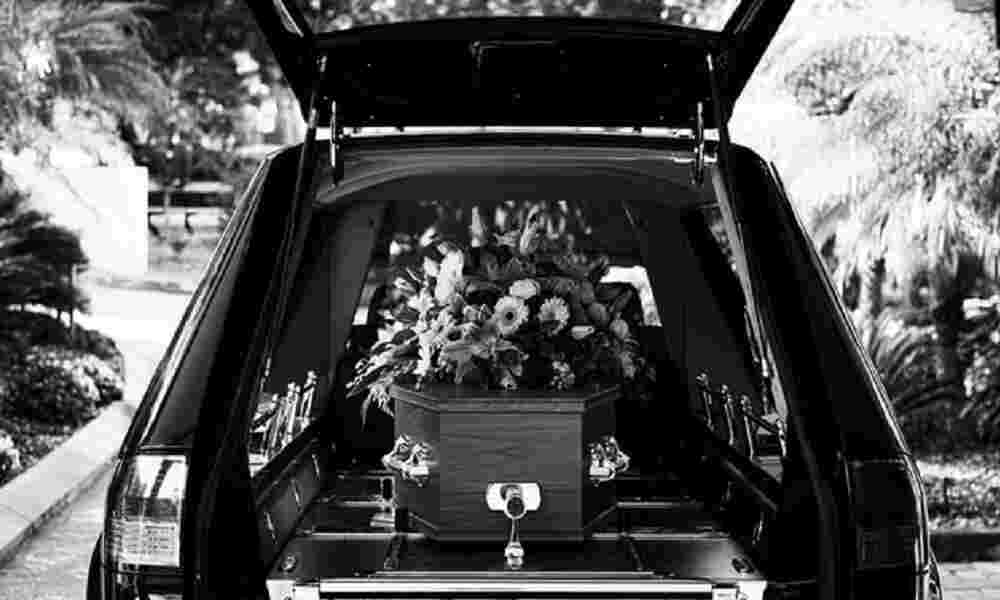For most Hausa men, the most daunting aspect of getting married is the lefe, also known as akwatin aure. Literally, “lefe” translates to “basket,” and “akwatin aure” means “wedding box.” However, in contemporary terms, lefe refers to the collection of clothing and accessories that a fiancé sends to his fiancée a few weeks before their wedding. Preparing the lefe is a crucial obligation for every Hausa man intending to marry. It is traditionally the final gift delivered to the bride’s home before the wedding ceremony, known as Fatiha.
In the concluding part of this article, I will provide an estimate of the average cost of lefe and present a sample list of kayan lefe (lefe items)
Origin of Kayan Lefe
Before the invention of luggage sets, Hausa people used Lefen Kaba to deliver the clothing; they then graduated to using Kwalla – a vertically long container with a cover, to Pantimoti – a wooden box, and then Kumbo – another kind of container for clothing. In the olden days, one or two lefen kwaba/Kwalla/Kumbo/Pantimoti would be taken to the bride, but now a luggage set of six known as ‘Akwatin aure’ is usually what is given to the bride.
What is Found in Modern Lefe?
The wealth of the fiancé determines the quantity and quality of the clothing and accessories. The cost of an average lefe depends on the groom’s financial status. If he is wealthy, he and his family will prepare two luggage sets for his fiancée.
Inside these luggage sets, they include items such as Ankara, laces, shadda, fabrics, abayas, sleepwear, veils, innerwear, jewelry, shoes, bags, and cosmetics.
This list has been curated based on modern lefe trends, comprehensive market research, and the 2024 market prices of items. It is not intended to suggest that every man must afford all these items, but rather provides an average of the typical items and their costs, carefully compiled for reference.
![[Update] Moderate Kayan Lefe List and Cost for Intending Hausa Couples in 2024](https://northpad.ng/wp-content/uploads/2024/06/Update-Moderate-Kayan-Lefe-List-and-Cost-for-Intending-Hausa-Couples-in-2024-819x1024.webp)
We will try to keep this list updated yearly for reference
What Next After Lefe?
After presenting the lefe to the bride’s home, the next step involves displaying it to family and friends for assessment. This pivotal moment often dictates the trajectory of one’s future spouse’s reputation, which can either skyrocket or plummet.
The lefe serves as a gauge of the fiancé’s wealth and discerning taste. An abundant lefe prompts endless praise and admiration for the fiancé’s meticulous efforts. Conversely, if the offerings are perceived as lacking, discussions may be held in subdued tones.
Following this tradition are additional customs such as Kamu and kunshi, which further enrich the tapestry of Hausa wedding ceremonies.
Despite predominantly practicing Islam, the Hausa people maintain distinct cultural traditions. Among these is the significant practice of creating lefe, a cultural obligation not mandated by Islam but deeply ingrained within Hausa society. This tradition, while enriching the marriage ceremony, often poses financial challenges, particularly for young men aiming to marry early due to its substantial costs. The Kayan lefe list can indeed appear daunting.
Furthermore, the persistent fluctuations in the dollar exchange rate in Nigeria continually drive up the prices of commodities, exacerbating the financial strain on individuals contemplating marriage. Many young people advocate for the elimination of this cultural obligation, citing its inhibitive nature towards early marriage. They propose starting with smaller, more manageable steps rather than being burdened by the extravagance of lefe.
Conversely, proponents argue for the preservation of this tradition, emphasizing its integral role in Hausa marriage customs. However, it’s essential to recognize that lefe’s financial impact varies based on the families’ social status. Hence, it’s prudent advice for individuals to consider marrying within their social strata to alleviate financial strain and maintain cultural harmony.










0 Comments